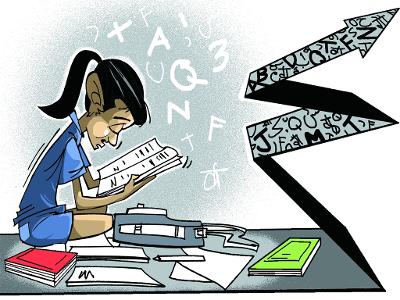The Trump administration’s first budget proposes ending a program to encourage student-loan borrowers to go into public service by forgiving their debt to save an estimated $27 billion over the next decade.
Here’s how the program works: If you take out a federal student loan, you have your loans forgiven after making 10 years of on-time payments and working for an employer the Department of Education deems to be serving the public good. Qualified employers include local, state and federal government agencies and nonprofit organizations. (Private lenders don’t offer this option.)
Some qualified borrowers will be able to use this benefit starting this year because public-service loan forgiveness was created in 2007.
Since 2012, borrowers could certify with the Department of Education that their employment would qualify them for public-service loan forgiveness. The number of borrowers who have been approved by the department has grown rapidly, to 552,931 as of the end of last year. (See chart below.)
The Trump administration wants to end public-service loan forgiveness for federal loans issued July 1, 2018, or later, except those provided to borrowers to finish their current course of study.
To be sure, the budget is a wish list, and Congress sets the spending priorities for the federal government. However, eliminating public-service loan forgiveness has its supporters among people who want to change how limited federal student aid is distributed to students.
“Public-service loan forgiveness is a program that mainly benefits grad students,” said Jason Delisle, a resident fellow at the American Enterprise Institute, a conservative think tank.
The median debt load of those enrolled in public-service loan forgiveness is more than $60,000, and nearly 30 percent of people who have been certified for the program have borrowed more than $100,000, according to a 2016 analysis Delisle undertook for the Brookings Institution (see chart below).
[Source”timesofindia”]


